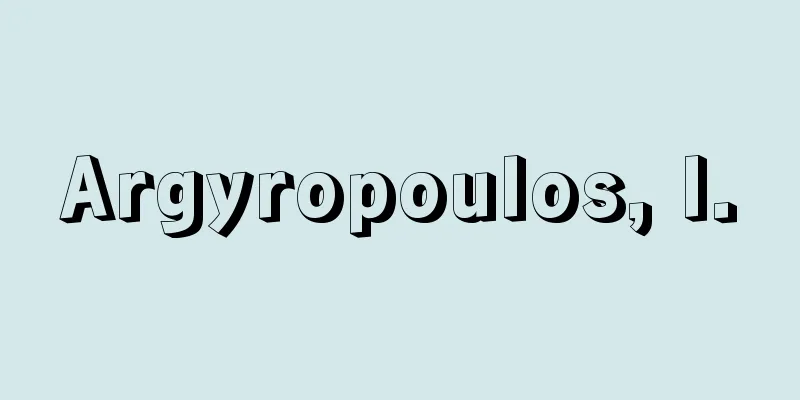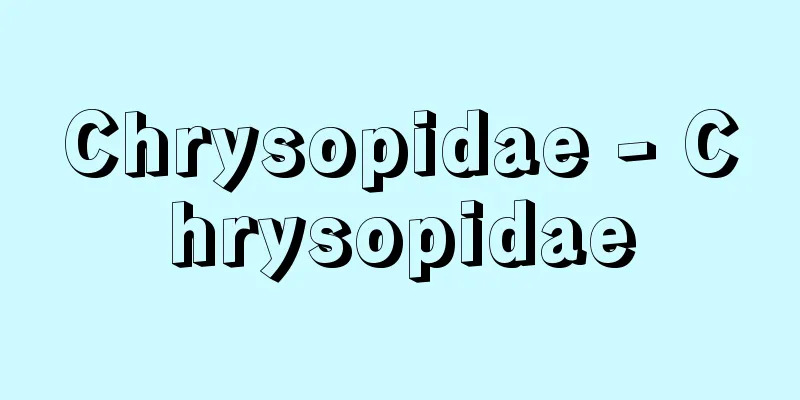Image (in English)

|
From the Latin imago (image). It means mental image. (1) Usually, ideas are distinguished from images as intellectual representations, but empiricists such as D. Hume and Th. Hobbes, who sought the source of ideas in the senses, considered the two to be the same. Even in this case, it is experience that forms the image, and it is different from Epicurus's eidra, which said that it is formed by direct stimuli from the outside world. In a broad sense, images include perceptual images, and usually refer to mental images formed by imagination or recollection. In empiricism that identifies images with ideas, it is considered to be a form without meaning, but G. Berkeley argued that images are always individual and that images of universal ideas cannot be formed. JP Sartre further pointed out that the existence of an image itself depends on the signification function and the object referential function, and in this respect he recognized a similarity to a picture, but he said that images are different from pictures in that they are not objects but are the function of consciousness, just as you cannot count the number of pillars in a building. (2) Images can be formed not only for objects but also for people and groups. The phenomenal development of communication technology, centered on mass media, has flooded the globe with a huge number of messages, and modern people can form an image of any event without experiencing it at all. It is said that we live in an "age of phantom images" in which pseudo-events surpass facts. In the field of international politics, the abundance of messages has a positive aspect in that it breaks the curtain of ignorance and enables the formation of a more accurate image of the outside world. At the same time, there is a negative tendency that images linked to ideology become rigid, making mutual understanding between nations even more difficult. To achieve the goal of establishing an image, messages are simplified as much as possible and condensed into the form of a symbol. Demagoguery in international psychological warfare, trademarks for corporate advertising, and slogans in mass movements are typical examples of this. Source: Encyclopaedia Britannica Concise Encyclopedia About Encyclopaedia Britannica Concise Encyclopedia Information |
|
ラテン語の imago (似像) に由来する。心像の意。 (1) 普通は観念を知的表象としてイメージから分つが,観念の源泉を感覚に求めた D.ヒューム,Th.ホッブズら経験論者は両者を同一視する。その場合でもイメージを形成するのは経験であって,外界からの直接的刺激によって形成されるとするエピクロスのエイドラとは区別される。イメージは広義においては知覚心像を含み,普通は想像や想起によって形成される心像をいう。イメージを観念と同一視する経験論では,それは意味のにない手とされるが,G.バークリーはイメージは必ず個別的であって普遍観念のイメージは形成しえないことを主張した。 J. P.サルトルはさらにイメージの存在自体が意味作用や対象指示作用に依存していることを指摘し,この点で画像との類似を認めるが,イメージではある建物の柱の数を数えられないように,それは物ではなく,意識の作用である点,画像と区別されるとした。 (2) イメージは物に対してのみならず,人間とその集団に対しても成立する。マス・メディアを中心とする通信技術の驚異的な発展は,膨大なメッセージを地球上にあふれさせ,現代人は何一つ体験することなしにあらゆる事象に対してイメージを形成しうるため,擬似イベントが事実を凌駕するという「幻影 (イメージ) の時代」に住むといわれる。国際政治の場では,豊富なメッセージは無知のカーテンを破って,より正確な対外イメージの形成を可能にするというプラスの側面と同時に,イデオロギーと結びついたイメージが硬直化し,国家間の相互理解を一層困難なものにするというマイナスの傾向も存在する。イメージの定着化という目標のためには,メッセージは可能なかぎり単純化され,シンボルという形に凝縮される。国際間の心理戦争におけるデマゴギー,企業宣伝のための商標,大衆運動におけるスローガンなどはその典型的な例であるといえる。
出典 ブリタニカ国際大百科事典 小項目事典ブリタニカ国際大百科事典 小項目事典について 情報 |
<<: Imo (potato, potato, potato) - potato (English spelling) tuber crop
Recommend
Osarizawa Copper Mine Incident
...A mine in Osarizawa, Kazuno City, Akita Prefec...
Tiziano Vecellio
A Venetian painter of the Italian High Renaissanc...
Haikai Mediocre Form - The Form of a Poetic Man
A collection of haikai renku (linked verse), compi...
Shiramine Shrine - Shiramine Shrine
Located in Kamigyo Ward, Kyoto City. Formerly a go...
Gen
〘noun〙① black. A black color. A reddish black colo...
Eastern Austronesian (English spelling)
…It is also called Eastern Austronesian, and toge...
AT & T
AT&T is the largest telecommunications company...
Rust (sabi, rust) - Rust (English spelling)
A corrosion product that forms on the surface of a...
Ulloa, F.de (English spelling) UlloaFde
…Irrigated cotton is cultivated in the northern p...
The theory of the non-dual monism of the limited
A theory within Vedanta philosophy, the mainstream...
Election crime
This refers to various violations of the Public Of...
Berliner Volksblatt (English spelling)
...Then, in 1876, W. Liebknecht and others founde...
Whipple, FL
…The comet's nucleus, the main body of the co...
Sierra Nevada [mountain range] (English spelling)
A mountain range in eastern California, in the wes...
Mr. Oshima
…Their original surname was Oe. In the Middle Age...









